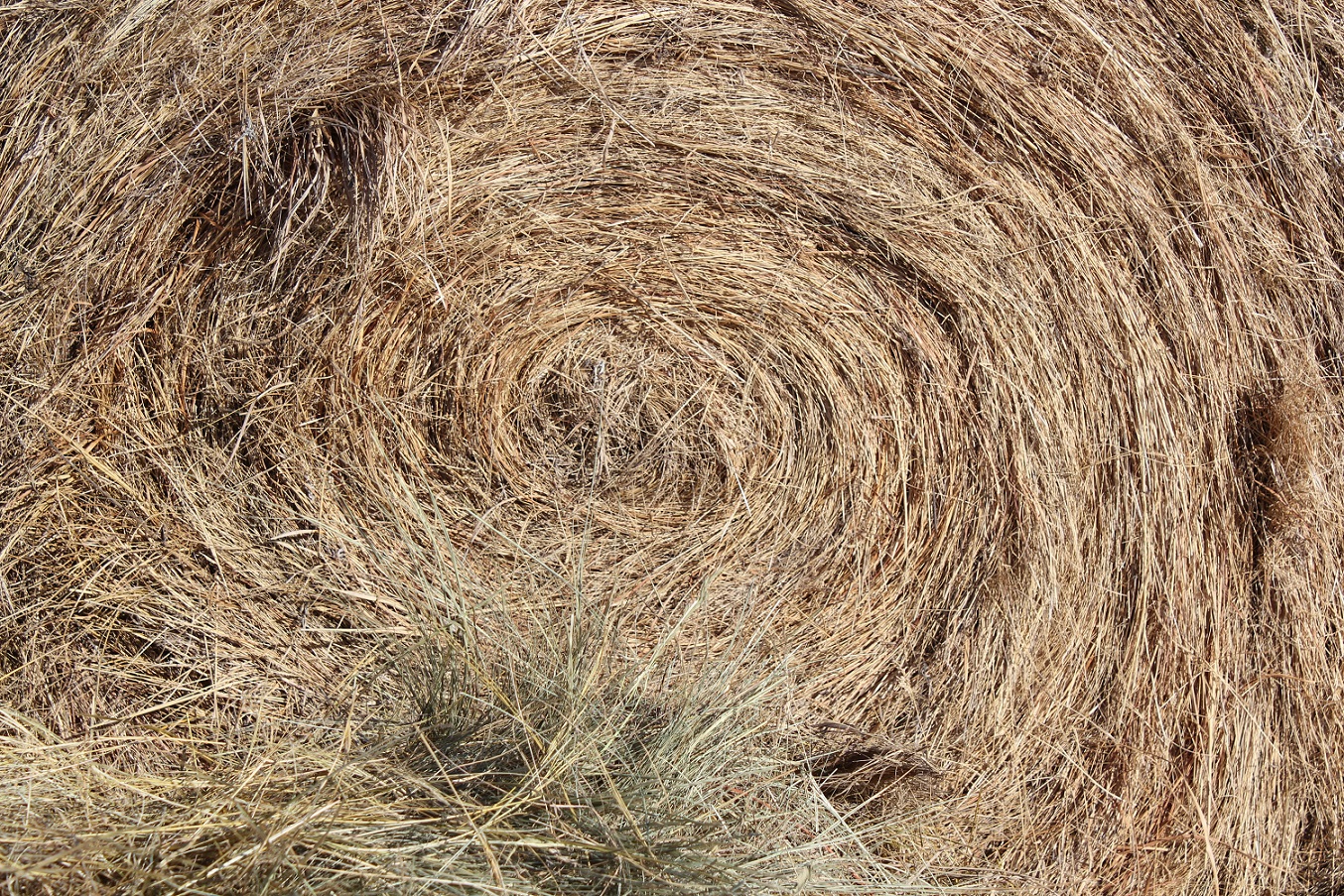By Bruce Anderson, Nebraska Extension Forage Specialist

Have you ever tested the quality of your grass hay and been disappointed at the low relative feed value? Well, maybe your worry is unnecessary.
Farmers and ranchers often tell me their prairie hay or cane hay or other grass hay looks really good but when a lab tested it the relative feed value, also called RFV, was surprisingly low, maybe in the 70s or 80s. So what’s wrong with the hay?
Well actually, nothing may be wrong. You see, relative feed value was initially developed primarily to test legumes like alfalfa for the dairy industry. It used two types of fiber, the acid detergent fiber (ADF) and the neutral detergent fiber (NDF) to calculate RFV. The NDF helped estimate intake and ADF estimated energy.
However, this system assumed all fiber had the same digestibility. We know that is not true, and it especially misrepresents the forage quality of grasses. Grasses have more fiber than legumes but grass fiber usually is more digestible than legume fiber. So grass hay frequently is ranked lower than it should be using relative feed value.
Fortunately, new, low-cost tests have been developed that do a very good job of measuring digestible fiber, thus doing a better job of estimating forage quality of grasses. This test is called relative forage quality, or RFQ for short.
Forage scientists and animal nutritionists have worked together with these tests to also revise the intake and energy estimates so results from these tests predict how animals will truly perform much more accurately.
While this new RFQ test is especially useful when testing grassy hays, it also has been proven to be better with alfalfa and other legumes. So when you test forages in the future, look for labs that offer relative forage quality. Your numbers will be more accurate.
Source: University of Nebraska-Lincoln



Leave A Comment